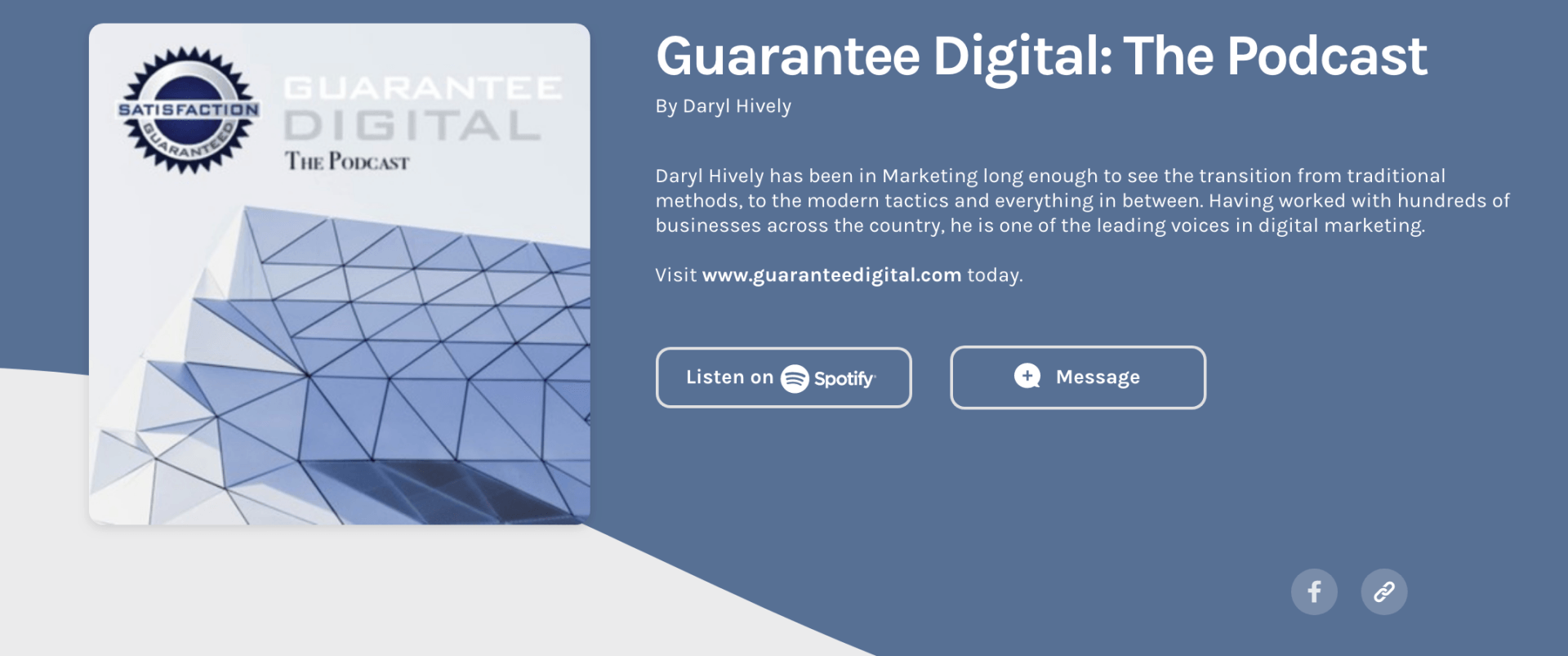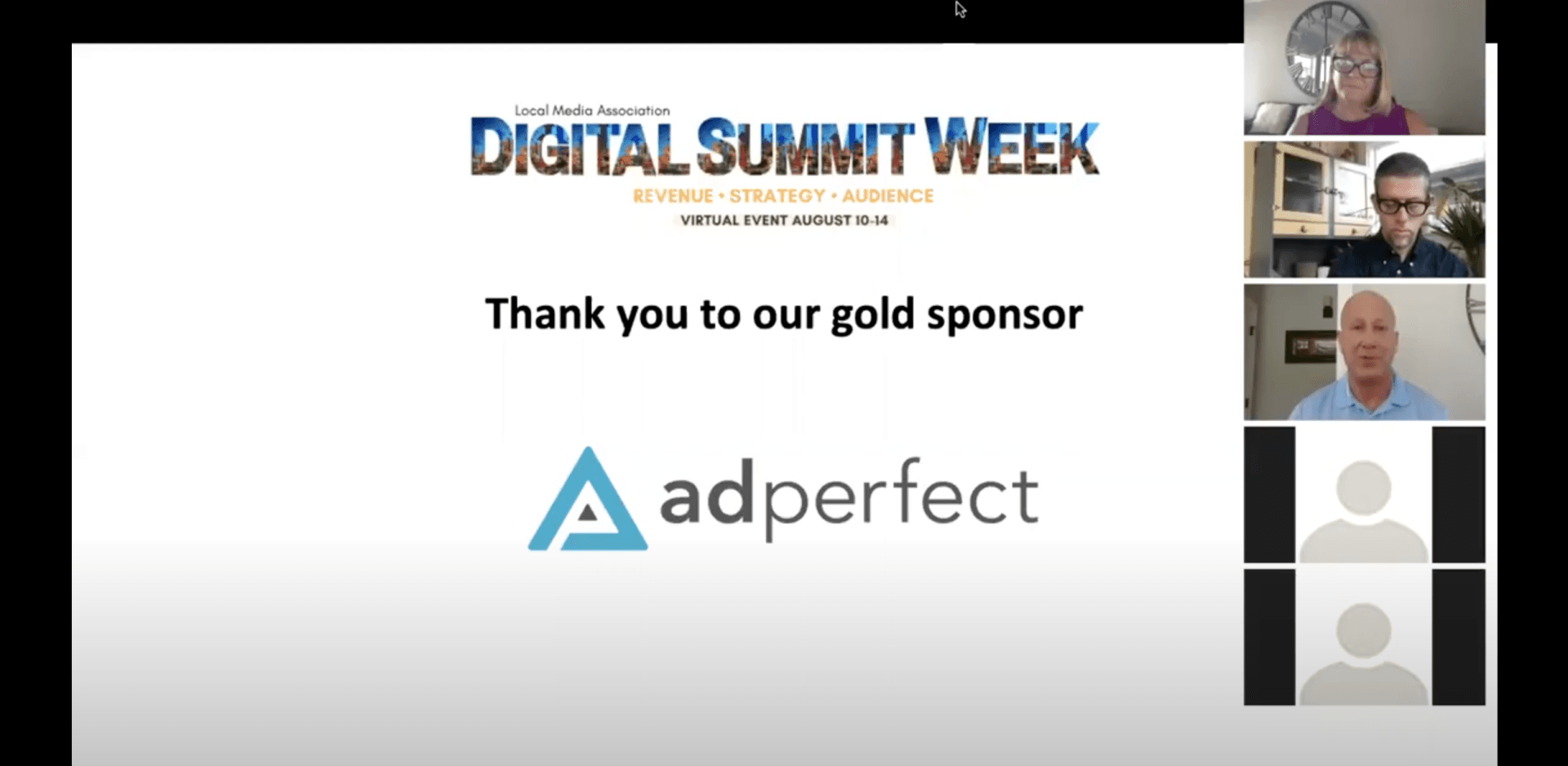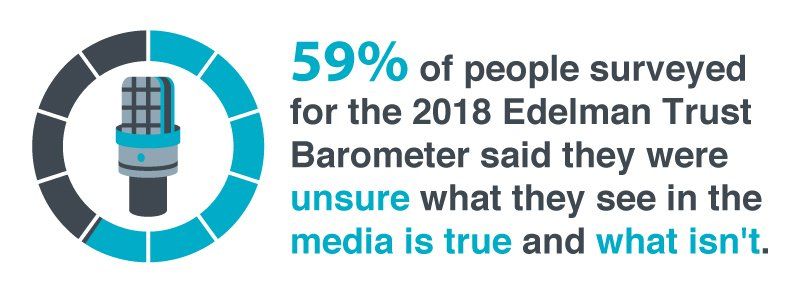Spot Fake News Better and Faster
Fake news such as propaganda, hoaxes and misinformation has been around for a long time. While the way we consume information and news has continued to change and evolve with the rise of portable device penetration and usage. According to Pew Research Center, people under age 50 get half of their news online. And for those under 30, online news is twice as popular as TV news. We get instant access to every question or need we require an answer to. The first link option in the search results, becomes our main source. This has made the spotting of fake news and accounts harder for online browsers.
The power is yours
How confident are you that you can spot fake news? There is a lot of content shared online every hour and it is the responsibility of the reader to be attentive and careful what they read and accept as credible. There are some strategies you can use to become a smart media judge of online news or when looking at social posts as well.
Vet the publisher’s credibility.
Just like when picking up a book to read, each reader looks at the author’s background and also reviews of the book. This helps build an understanding of what to expect and if worth reading. In the same light, when reading any information online always check the ‘contact us’ page on the website. If possible, look even further in the ‘about us’ page and links of staff writers and editors. Any additional background information you can get will provide a better context if this source is trustable.
Another option that helps if you cannot find much information about the author or website, look at the ads that they feature. Taking the time to look at what they are trying to sell while you browse the content, shows the care they take on the quality. If the ad has nothing to do with the news information being shared, it should raise a question mark. On the other hand, if the ads showcase additional support or information on details shared within the article, then it should speak to the credibility of the website and author.
Pay attention to timeliness.
When it comes to news, whoever gets the first foot in always gets the most viewership. The timing is everything. This means that some news information could not have checked all their facts before sharing the details or providing false headlines to get more clicks online. Definitely look at the date and time of the post before committing to all the information and data being shared.
Another important action you can take is using search engines and double-checking if any other sites are reporting the same thing. This might seem like the most logical thing to do, but sometimes when the information is seems believable enough, no one thinks twice to see if the details are fully correct or distorted. Make it a habit to reference general search tools to check that you are not blindly accepting the initial reports that show up online. Especially when it comes to social media posts – it is harder to verify where the information came from as there might be 10 shares between friends whom want to believe the post is true.
Check the sources and citations.
Many readers cannot fully differentiate between facts and opinions. The nature of the article might not properly differentiate the details and it might be on purpose. One of the best ways to understand the difference is if only one perspective is being portrayed or other viewpoints are also highlighted. The author can have their own opinions but should without bias report all the facts regarding a specific topic.
Not only that, but check the sources and links that are being provided within the article. Be aware that sometimes sources are being paid or paying to be featured. This kind of promotion takes away from the credibility of the website and author, looking to mainly endorse and support versus report and inform. By checking the citations and sources, readers can define the purpose of the content and better evaluate if this piece of information is fake or real.
In between all the important news, fake news sneak in and capture some spotlight. They analyze target audiences and filter their biased information to reach as many people as possible. It is up to the reader to learn smart ways to verify facts before any action is taken. The fact that anything bad goes more viral online than good, every reader needs to take more care before adding more fuel to the flame.













